Advertisement
In the past few years, the worlds of artificial intelligence and chatbots have evolved rapidly. These days, companies use chatbots in marketing, customer support, and more. Simple, early chatbots often produced unsatisfactory answers. Conversational app platforms have developed rather nicely today. They understand consumers better and are speedier and smarter. Artificial intelligence and machine learning advancements help explain this development.
Additionally, natural language processing (NLP) has improved significantly. Chatbots can now have longer, smarter interactions with individuals. They also offer improved support free of human assistance. In this article, we will look into conversational app growth. You will also observe user and business benefits. Nowadays, artificial intelligence and chatbots are not only tools. In our daily lives, they are starting to be reliable partners.
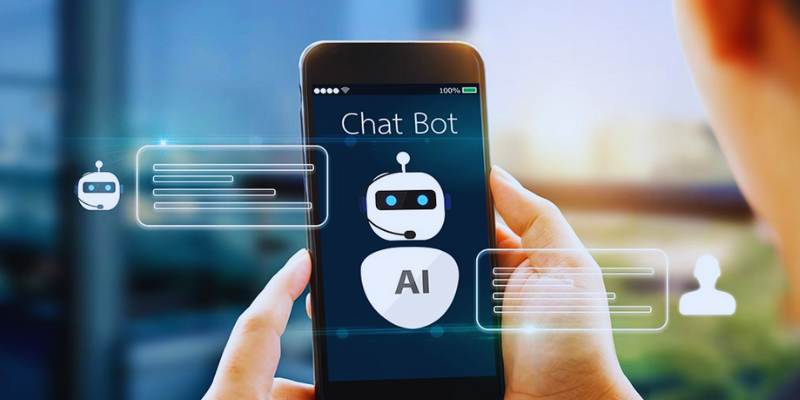
The early days saw simple talking platforms with significant challenges. Most early chatbots could only manage scripted, basic dialogues. Botans often failed and provided unclear responses when users posed unanticipated inquiries. Many chatbots drew on decision trees, which let users select from pre-made choices. Conversations were robotic, rigid, and annoying as a result. One major challenge also was learning natural language. Early machines battled with language, spelling errors, and sophisticated sentence construction.
Common wrong responses caused negative experiences and poor ratings. Disappointing chatbot performance damaged companies' reputations. Bot development and maintenance presented challenges as well. Training the systems required time and was costly. Constant manual updating required specific knowledge. Users generally wanted to interact directly with human agents and did not trust early chatbots overall.
Modern conversational systems are miles ahead of early iterations, mainly due to stronger artificial intelligence and machine learning. Natural Language Processing (NLP) helps today's chatbots grasp human speech much more precisely. Bots can today identify emotions, slang, spelling errors, and even dialects. Many modern systems run on advanced artificial intelligence models such as GPT, BERT, and LLaMA. These technologies enable bots to carry more friendly and natural-feeling conversations.
Additionally, changing the game is a self-learning power. Bots can grow from past interactions without continual human direction, lessening developers' need to retrain bots manually. Many systems also provide pre-trained models that are ready for rapid usage. When a company introduces fresh chatbots, it saves time and money. These developments make chatbots today far more human and useful. Real, fulfilling talks are possible for people without being annoyed.
Conversational tools have been developed to satisfy modern consumers' expectations to interact with companies anywhere they are. Chatbots used to be connected to one platform, say a website or app. These days, bots operate across social media, messaging applications, voice assistants, and SMS messaging, among other mediums. Multi-channel support allows consumers to migrate between devices without losing the dialogue. You might begin your conversation with a company on Facebook and then carry on later using their mobile app. This smooth change gives communication a natural and simple vibe.
Companies also gain since they may compile consumer information from many systems. This enables them to better customize offerings and react to consumer wants faster. Multi-channel chatbots fit very well with modern lifestyles, businesses, and communication. Users like freedom and flexibility rather than being caught in one app. By being available everywhere users wish to communicate, modern conversational platforms establish closer relationships.
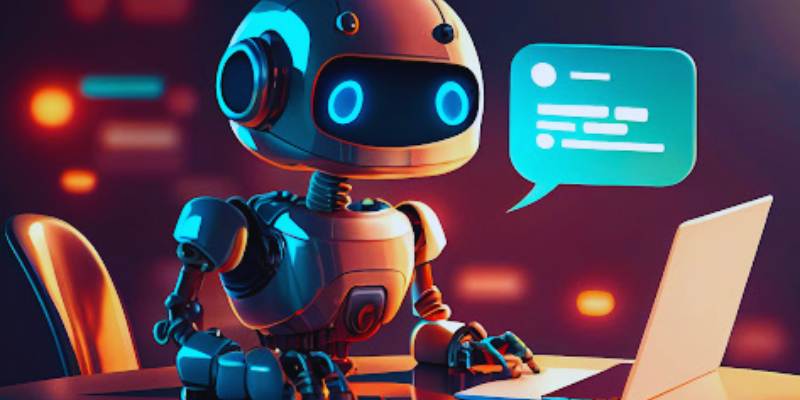
One of the main assets of modern conversational app platforms is now their personalizing capability. Current chatbots retain user preferences, habits, and past behavior. It lends personal relevance to interactions. A chatbot for an airline might remember your preferred seat and meal for your next bookings. AI logs preferences for time zones, language, items, and more. Bots nowadays recommend goods or services depending on your past encounters.
Strong relationships between companies and consumers are created by this degree of customizing. People experience noticed, cherished, and understood, which increases loyalty and satisfaction. Certain chatbots even sense user displeasure from their remarks and adjust their tone or provide human support. Customized experiences can enable bots to be more effective by means of demand prediction. Personalization will keep becoming better as artificial intelligence gets smarter.
Deep integration with corporate processes is one main indication of maturity on conversational platforms. Today's chatbots complete actual activities rather than merely answering queries. Bots can link with databases, CRM tools, payment systems, and more. This enables consumers to access accurate, real-time data easily. A banking chatbot lets you safely transfer money or check your balance.
An e-commerce chatbot can suggest goods and even handle returns based on your purchase record. Deep integration gives chatbots more strength and application. Businesses can automate jobs such as simple troubleshooting, order monitoring, and appointment booking. By lightening human employee workloads, automation saves companies time and money. It also guarantees users quick, precise assistance that is free from delays.
Voice technology is changing the way conversational platforms operate, therefore facilitating simpler and more natural interactions. Particularly when hectic, many users now prefer conversing with bots rather than typing. Siri, Google Home, and Alexa, among other devices, have made voice-based artificial intelligence popular. Voice chatbots are quickly becoming used by companies in retail, banking, and healthcare. Voice bots can naturally reply, process difficult requests, and grasp speech.
Voice chatbots enable users to complete tasks hands-free, which is perfect for individuals on the road or those with disabilities. Medical advice is even being given by voice chatbots, which also organize appointments and check account balances. As voice recognition technology advances, conversations with bots will seem increasingly human. Companies are seeing that providing voice-based choices increases user satisfaction and accessibility.
Ultimately, conversational app systems have developed far from their modest, basic origins. They interface with corporate systems, streamline chores, and offer flawless, multi-channel assistance. Users today savor quick, natural dialogues free from frustration. Improved consumer interactions and lower expenses help businesses as well. Chatbots will keep becoming even more human-like and vital in daily life as technology develops. Conversational platforms are trusted partners rather than merely tools; they simplify, speed, and meaning communication for consumers and companies equally.
Advertisement
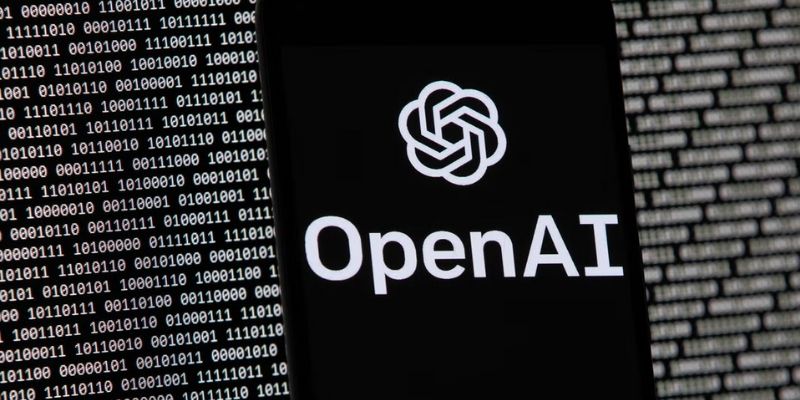
Discover ChatGPT AI search engine and OpenAI search engine features for smarter, faster, and clearer online search results

Learn how rising AI use affects data centers, energy, water, and the environment—and what solutions can reduce its impact today

Find out why Claude 3.5 Sonnet feels faster, clearer, and more human than other AI models. A refreshing upgrade for writing, coding, and creative work

Nvidia stock is soaring thanks to rising AI demand. Learn why Nvidia leads the AI market and what this means for investors
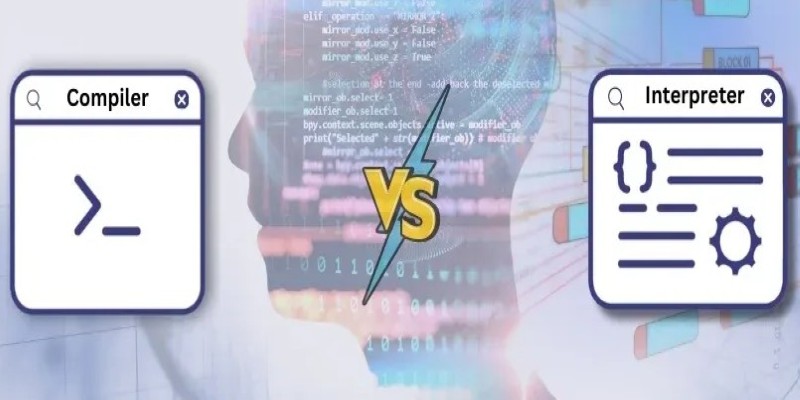
Curious about what really happens when you run a program? Find out how compilers and interpreters work behind the scenes and why it matters for developers

Restructure DevOps for ML models and DevOps machine learning integration practices to optimize MLOps workflows end-to-end
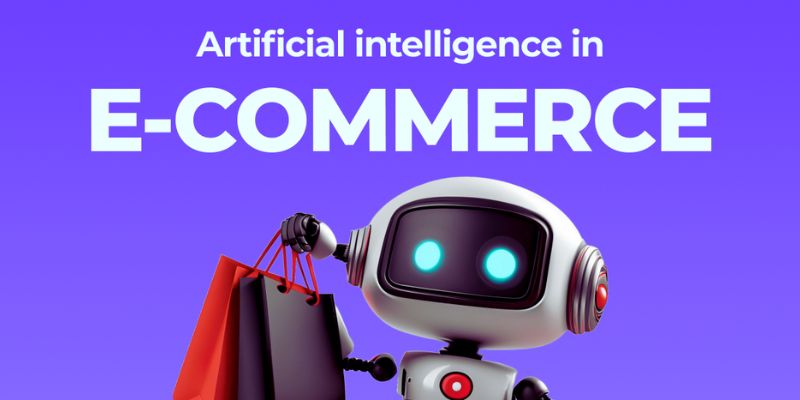
AI transforms sales with dynamic pricing, targeted marketing, personalization, inventory management, and customer support
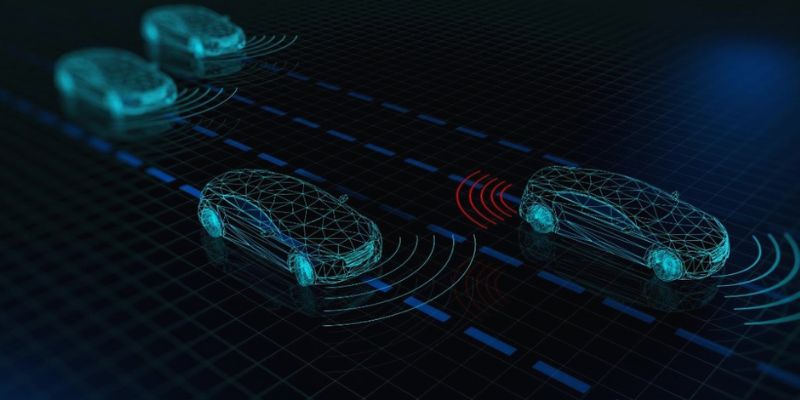
Explore edge computing in autonomous vehicles and real-time data in coffee shops powering smart edge technology applications

Discover how AI in the NOC is transforming network operations with smarter monitoring, automation, and stronger security
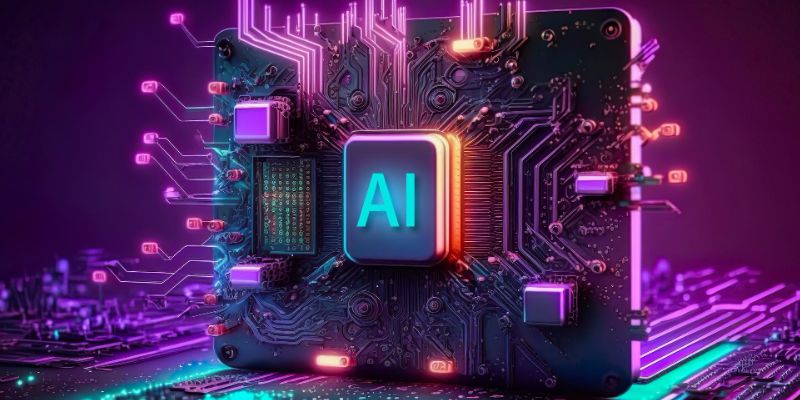
Compare GPUs, TPUs, and NPUs to find the best processors for ML, AI hardware for deep learning, and real-time AI inference chips

Looking for the best open-source AI image generators in 2025? From Stable Diffusion to DeepFloyd IF, discover 5 free tools that turn text into stunning images

Learn how Automated Machine Learning is transforming the insurance industry with improved efficiency, accuracy, and cost savings